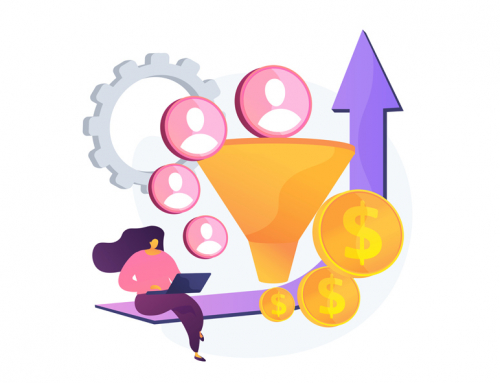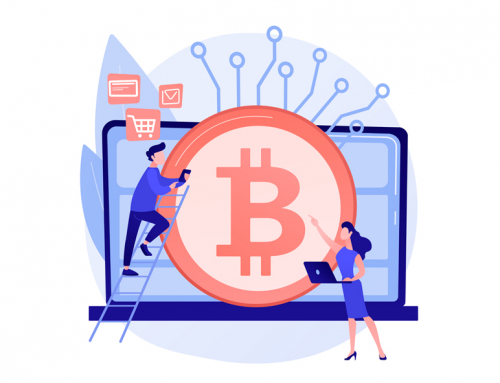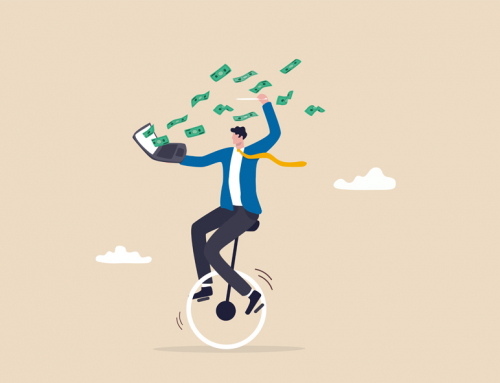Giving clothes or any product another life is fashionable. But that comes at a hidden cost: shipping. The cost of shipping is the second biggest concern in online sales, after returns. The collaborative economy, entrepreneurial egologism and all those grandiose proposals to create social added value are often social marketing programmes, to provoke the effect of “I’m doing it right” or at least a bit better than others.
The European Commission on Wednesday presented a package of measures to lengthen the life cycle of textile products, ban ‘greenwashing’, i.e. practices to improve the image of companies with green campaigns, broaden the scope of regulation for sustainable product labelling, improve the sustainability of building materials as well as revise consumer rights rules to fight planned obsolescence, as part of its circular economy strategy.
The proposal will bring big changes to the way we consume and produce in the EU but also globally, which has insisted that products must improve their durability and that mobile phones should not lose their functionality because the battery breaks down and cannot be replaced.
We advise customers and entrepreneurs not to believe that selling second-hand is a panacea for the environment, nor for profit. Used goods are damaged, defective,… problems that we are not used to putting up with. The price is not an incentive for the consumer either, because it is the low cost that has ruined it. And transport is going to make shipments more expensive. Shared purchasing, the use of proximity replacement, is a possible objective, but not for all products. Clothing has problems of hygiene, resistance, etc., which are also very much affected by the compulsive buying of years and years of ephemeral fashion.
The automotive sector, however, is going from strength to strength. Second-hand spare parts and second-hand purchases are going to grow enormously in the next 15-20 years, due to the lack of manufacturing of components for combustion engines. Buy a diesel car and sell it for parts in 10 years: it will be worth 3 times as much.






